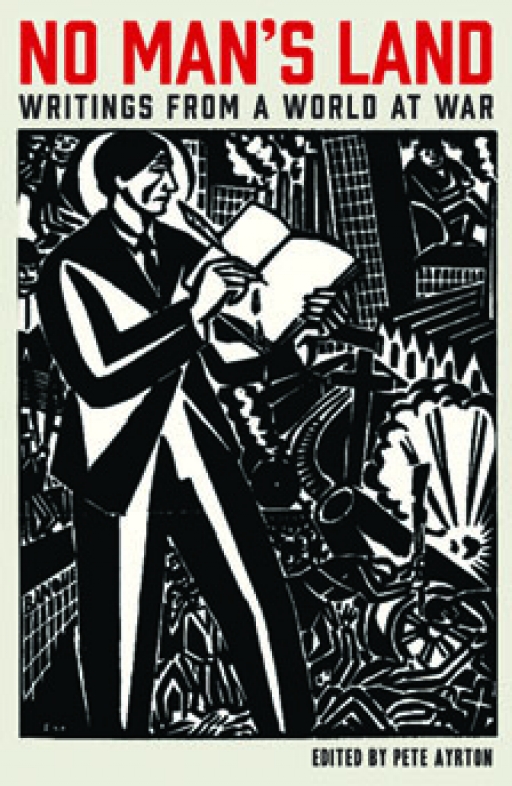Publisher’s Description
“The Great War gave birth to some of the twentieth century’s most celebrated writing; from Brooke to Sassoon, the poetry generated by the war is etched into collective memory. But it is in prose fiction that we find some of the most profound insights into the war’s individual and communal tragedies, the horror of life in the trenches and the grand farce of the first industrial war.
Featuring forty-seven writers from twenty different nations, representing all the main participants in the conflict, No Man’s Land is a truly international anthology of First World War fiction.
Work by Siegfried Sassoon, Erich Maria Remarque, Willa Cather and Rose Macaulay sits alongside forgotten masterpieces such as Stratis Myrivilis’sLife in the Tomb, Raymond Escholier’sMahmadou Fofanaand Mary Borden’sThe Forbidden Zone.No Man’s Landis a brilliant memorial to the twentieth century’s most cataclysmic event”.
Centenary News Review
Review by: Eleanor Baggley, Centenary News Books Editor
No Man’s Land is a varied and detailed anthology that features works from all the key participants in the conflict – twenty countries in all.
The Western Front, the Eastern Front, the Home Front – all the Fronts – are covered here.
In his introduction, Pete Ayrton explains that his goal was to demonstrate just how truly the First World War was a world war. I think that he succeeds and, in doing so, rediscovers lesser known works that should actually be known.
This anthology is organised in such a way that it can be enjoyed by either dipping in and out at random points or read as a complete series of excerpts with an overarching theme. It opens with the declaration of war in Henri Barbusse’s 1916 novel Under Fire.
It is a quiet declaration in this novel, discussed by a group of patients in a ward, and is followed by a vision of a field ‘composed of mud and water’ and an underlying awareness that ‘the old world will be changed’.
It is Erich Maria Remarque’s All Quiet on the Western Front, a seminal piece of World War One literature, which closes the anthology after four years of horror have passed in the pages since the declaration in Under Fire.
This is as much a quiet and sombre way to end the anthology as the excerpt from Barbusse was to start as it closes with the surprisingly calm death of Remarque’s main character.
Women writers are well represented and the significant Home Front and Front Line experiences are included. Vera Brittain’s Testament of Youth sits alongside Helen Zenna Smith’s homage to Remarque’s novel, Not So Quiet: Stepdaughters of War.
Rose Macaulay’s pacifist novel Non-Combatants and Others is here, as well as a number of stories from Mary Borden’s The Forbidden Zone.
This anthology constantly manages to show the other side of war – the female side next to the male, the German side next to the British. Within this it also demonstrates the various written responses to war, whether the response is lyrical or fragmented, fully autobiographical or more fictional.
This collection addresses the different attitudes towards war and the different motivations to fight or not fight. The horror of the trenches and the comradeship between soldiers and between nurses is demonstrated throughout in ways that are frequently shocking but always fascinating.
The works included have been expertly chosen to enlighten the reader about the whole experience of war.
No Man’s Land is a true anthology – it encompasses a huge variety of writings that emotively and in detail depict the war experience from a number of different angles. No one is left out and that is one of its biggest strengths and something that makes this an anthology worth reading.
What do you think about this book or review? Please add a comment below.
